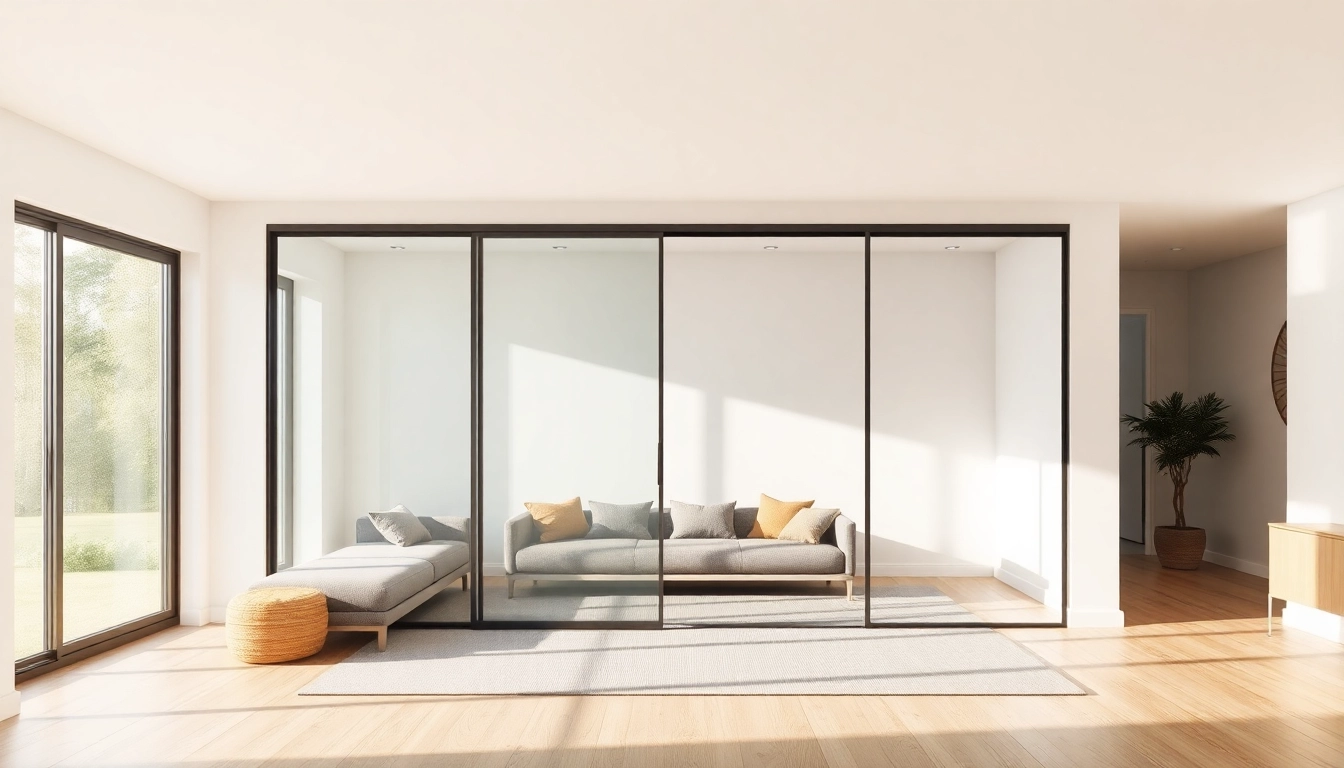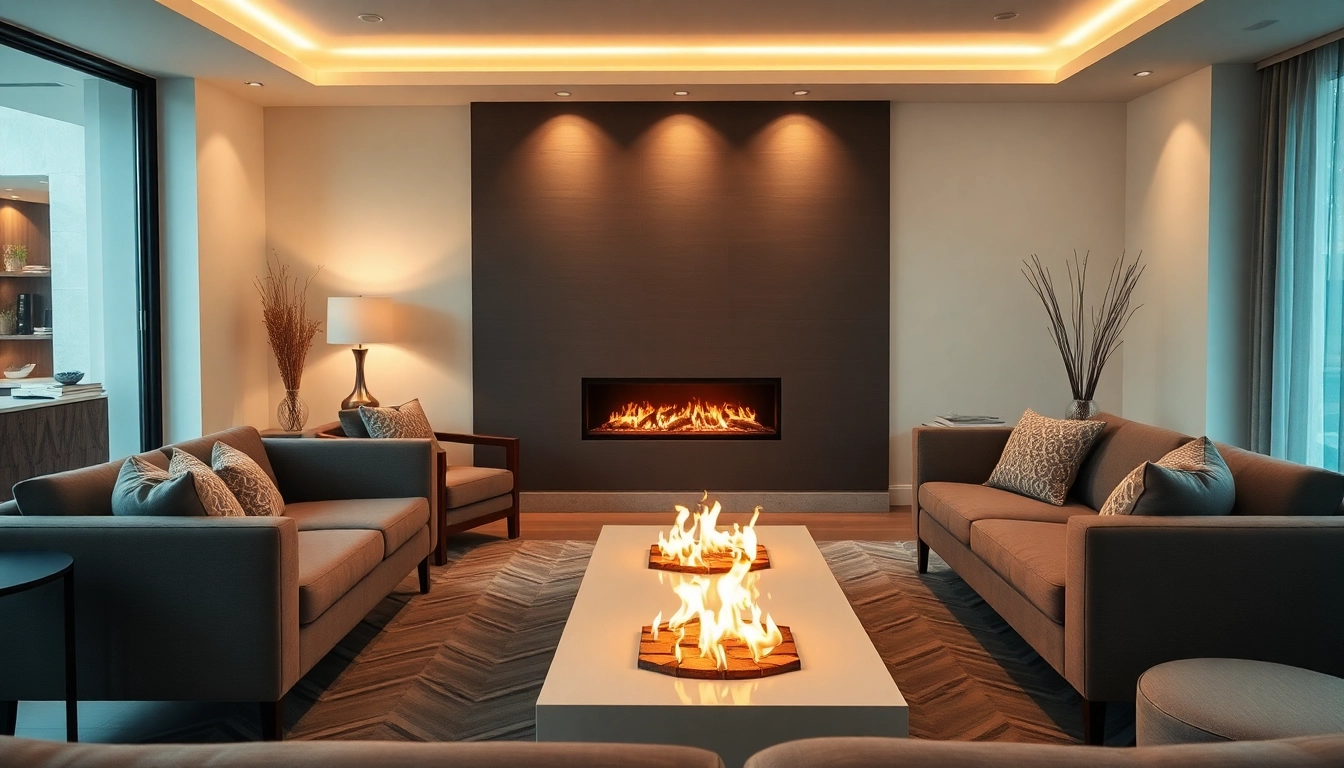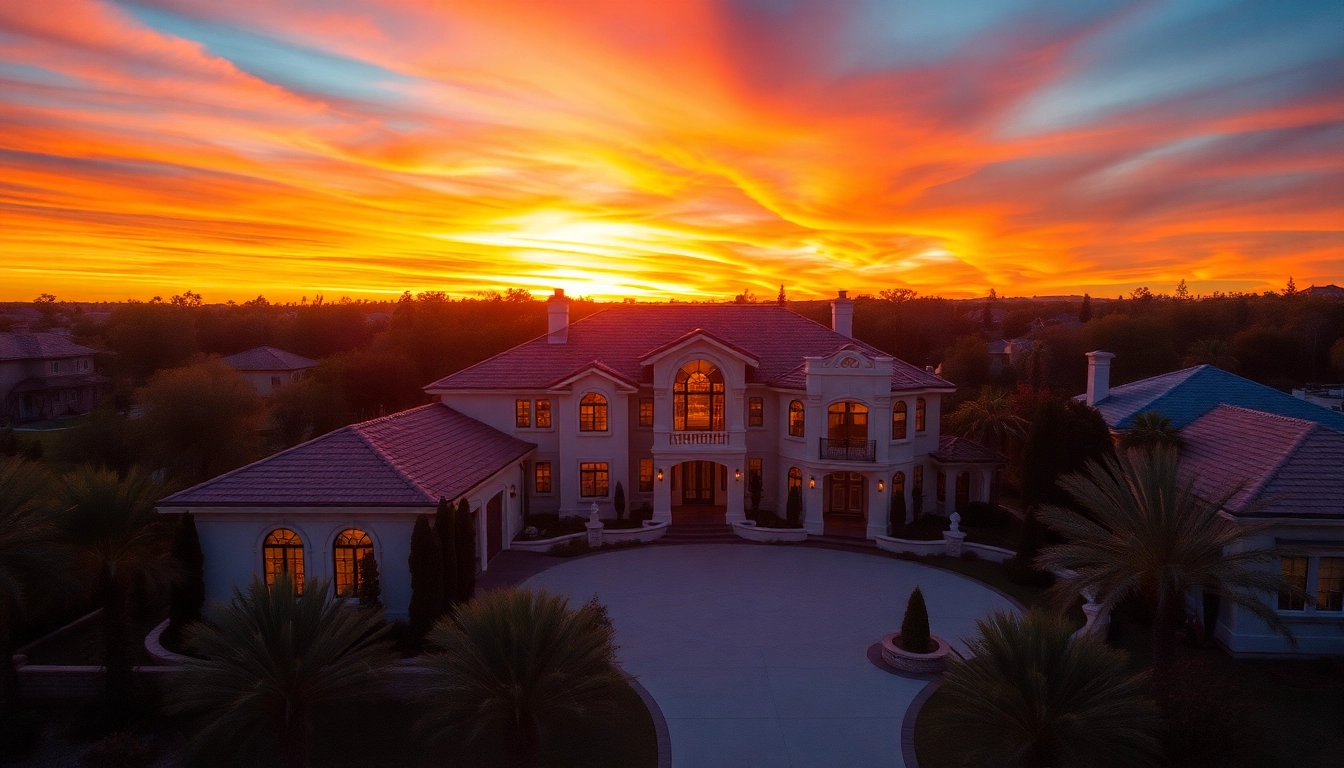Understanding Sliding Partition Walls
What is a Sliding Partition Wall?
A sliding partition wall serves as a flexible barrier between different spaces, allowing for easy division and reconfiguration of interiors. These walls slide along a track, enabling seamless transitions between open and closed layouts. Typically made from various materials including wood, glass, and fabric, sliding partition walls enhance functionality in both residential and commercial spaces. Their design not only optimizes space but also adds aesthetic value, making them suitable for offices, homes, restaurants, and more.
Benefits of Using Sliding Partition Walls
Sliding partition walls offer several notable advantages that enhance space management and overall functionality. Some key benefits include:
- Flexible Space Management: These walls can be easily moved or opened to create larger or smaller spaces, accommodating different activities or group sizes.
- Cost-Effectiveness: Compared to conventional wall constructions, sliding partition walls can be more affordable as they often require less structural work and can be installed with relative ease.
- Design Versatility: Available in a variety of styles, colors, and materials, they can complement any interior decor effortlessly.
- Noise Reduction: Many sliding partition walls are designed with sound insulation properties, making them ideal for offices or living environments that require privacy.
- Enhanced Natural Light: Glass sliding walls, in particular, maintain the flow of natural light while providing the option to separate areas when needed.
Different Types of Sliding Partition Walls
Sliding partition walls come in various types, each suited to different applications and preferences:
- Glass Partition Walls: These are popular in modern offices, allowing light to flow through while providing a clear division of spaces.
- Wooden Sliding Walls: Offering a more traditional look, wooden partitions can add warmth and character to any room.
- Fabric Sliding Panels: Ideal for softening a space’s appearance, fabric partitions areoften used in home settings and are available in numerous colors and patterns.
- Trackless Systems: Some modern designs eliminate the need for a bottom track, offering a cleaner look and simplifying installation while retaining functionality.
Choosing the Right Sliding Partition Wall for Your Space
Evaluating Room Layout and Dimensions
When selecting a sliding partition wall, it’s essential to consider the layout and dimensions of your space. Start by measuring the area where you plan to install the partition. Keep in mind:
- Space Allocation: Determine how much space you need to close off versus how much you want to keep open. This will inform your choice in styles and sizes.
- Ceiling Height: Ensure that the height of the partition wall matches or complements the ceiling height for a cohesive look.
- Sliding Mechanism: Check that the track system or the configuration allows for smooth operation without obstruction.
Materials to Consider for Durability and Aesthetics
The materials used in sliding partition walls significantly affect both their durability and overall aesthetic appeal. Consider the following:
- Wood: Durable and aesthetically pleasing, wood offers a range of finishes and styles, though it may require maintenance over time.
- Glass: Modern and sleek, glass walls add a sophisticated touch but require careful handling and maintenance to avoid scratches.
- Metal: Often used in industrial or contemporary spaces, metal partitions are robust and can be styled in various ways.
- Composite Materials: These can provide the look of wood or metal with greater affordability and lighter weight, making installation easier.
Cost Factors and Budgeting for Installation
Understanding the costs associated with sliding partition walls is crucial in your planning. Factors influencing cost include:
- Material Choice: Different materials come with varying price points; high-end glass can be more expensive compared to fabric or lightweight composite materials.
- Size: Larger panels will naturally increase costs, as will more complex configurations.
- Installation Complexity: Professional installation may incur additional costs, especially if structural modifications are required.
Installation Tips for Sliding Partition Walls
Step-by-Step Installation Guide
Installing a sliding partition wall can be a rewarding DIY project or a professional job. Here’s a simple guide:
- Prepare Your Space: Clear the area and measure for accuracy, marking the tracks’ placement.
- Install Tracks: Secure the top and bottom tracks to ensure alignment and function.
- Hang the Panels: Align the panels with the tracks, ensuring they slide smoothly before securing them in place.
- Finishing Touches: Test for function and adjust as necessary, securing all screws and finishing with any desired trim.
Common Mistakes to Avoid
Avoid these common pitfalls during your installation process:
- Skipping Measurements: Always double-check measurements before cutting or purchasing materials.
- Poor Track Installation: Ensure tracks are level and secure; uneven installations can impede functionality.
- Ignoring Weight Limits: Know the weight capacity of your tracks and ensure the sliding panels do not exceed that limit.
Tools and Equipment Needed
Having the right tools can elevate the ease and efficiency of installation:
- Drill and Bits: For attaching tracks and securing panels.
- Screwdriver: Required for screws, both manually and with the drill.
- Measuring Tape: For accurate measurements, ensuring precision during installation.
- Level: To check that your tracks are straight.
Innovative Designs and Trends in Sliding Partition Walls
Modern Aesthetics: What’s Trending?
As interior design evolves, so do the aesthetics of sliding partition walls. Current trends include:
- Minimalist Designs: Simple lines and subtle finishes that contribute to a clean aesthetic without overwhelming a space.
- Biophilic Design: Incorporating natural wood finishes or plant-inspired graphics to create a more organic and inviting atmosphere.
- Industrial Chic: Combining metal frames with glass, providing a contemporary and urban feel that appeals to many modern designs.
Functional Features: Integrating Technology
Sliding partition walls can now also feature technological integrations, such as:
- Smart Glass: This technology allows glass panels to change opacity, offering privacy at the touch of a button.
- Automated Systems: Motorized tracks can enable remote control of partition movement, adding convenience, especially in large spaces.
- Integrated Lighting: Some partitions now come with built-in LED lighting, offering both ambiance and task lighting as needed.
Customization Options to Fit Your Style
Customization can significantly enhance both the utility and appearance of your sliding partition walls:
- Different Panel Configurations: Options for two-panel, bi-fold, or multi-panel arrangements to meet specific layout needs.
- Color and Finish Choices: Choose finishes that match or contrast your existing decor for a harmonious or bold look.
- Graphics and Patterns: Many companies offer custom graphics on fabric panels, allowing for branding or thematic integration.
Maintenance and Care for Sliding Partition Walls
Routine Maintenance Practices
- Cleaning: Wipe down surfaces periodically to prevent dust and grime buildup. Use appropriate cleaners, especially on glass surfaces, to maintain clarity.
- Checking Mechanisms: Regularly inspect the tracks and mechanisms for signs of wear and ensure smooth operation.
- Adjusting Panels: Ensure that panels are seated properly within the tracks and make necessary adjustments if any misalignment occurs.
Troubleshooting Common Issues
Even with proper care, issues can occur with sliding partition walls. Look for:
- Sticking Panels: If panels aren’t sliding smoothly, inspect tracks for obstructions and ensure they are properly lubricated.
- Alignment Problems: If the wall becomes misaligned, check all mounting and track connections for firmness and adjust as needed.
- Noise: Unusual noises during operation can indicate issues that may need attention, such as worn wheels or debris in the track.
When to Call a Professional for Help
While many issues can be resolved independently, certain situations warrant professional assistance:
- Installation of Complex Systems: For intricate configurations or motorized systems, expert installation may be necessary.
- Structural Modifications: Consulting with professionals is recommended if the installation requires alterations to walls or ceilings.
- Persistent Problems: If troubleshooting persists without resolution, it’s best to seek help from an experienced technician.



